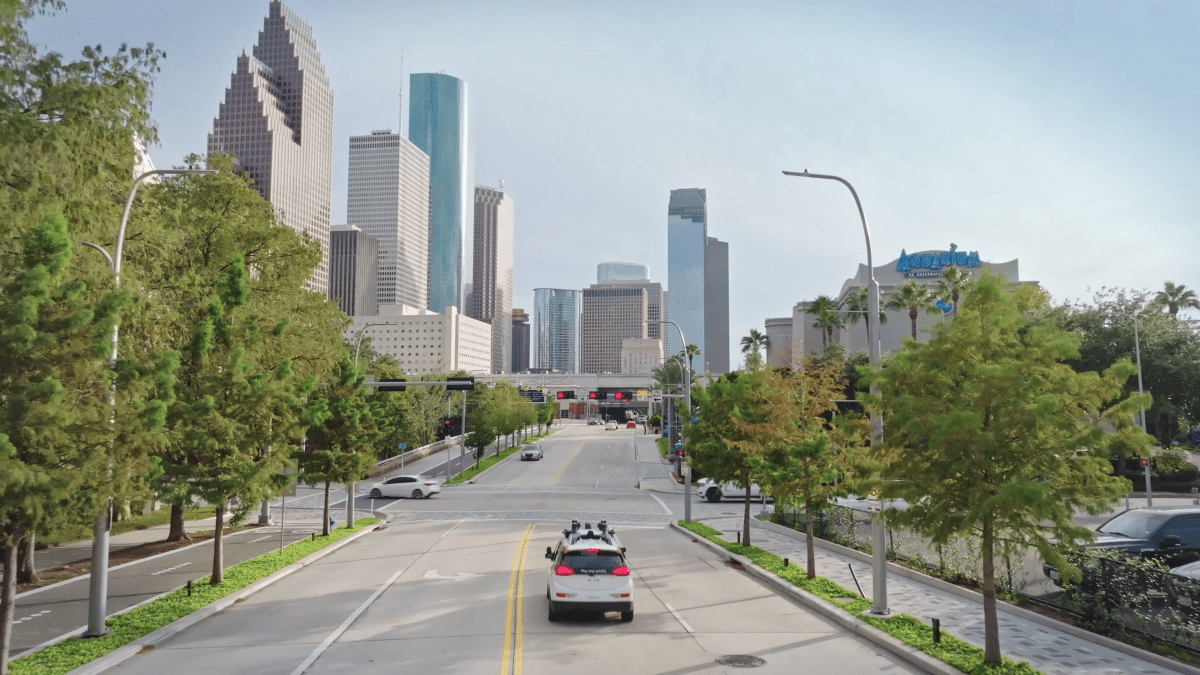General Motors has recently made a significant financial investment of $850 million into their autonomous vehicle subsidiary, Cruise. This decision comes as the company slowly resumes its testing operations in cities such as Phoenix, Dallas, and now, as of Tuesday, Houston.
The announcement of this capital infusion was made by GM’s CFO, Paul Jacobson, during a presentation at Deutsche Bank’s Global Automotive Industry Conference on Tuesday. In a statement to TechCrunch, company spokesperson Tiffany Testo stated, “This investment will help bridge Cruise’s funding needs until we are able to implement a long-term, capital-efficient strategy, which may include seeking new partnerships and external funding.” However, she declined to provide further details on potential partnerships or the amount of money Cruise is hoping to secure.
This latest investment comes just under a year after GM revealed its plans to slash spending on Cruise by “hundreds of millions” of dollars in 2024, following a series of safety incidents that resulted in the entire Cruise fleet being grounded in November of 2023. GM’s VP of Corporate Communications, Patrick Morrisey, confirmed to TechCrunch that these spending cuts are still in effect, despite the recent capital infusion.
Morrisey explained via email, “The total reduction in spending previously announced is based on the fact that Cruise’s total operating costs are lower in 2024 than they were in 2023, due to operations being paused for several months, a smaller fleet, and fewer cities being serviced.” He also noted that while Cruise still requires funding to advance its technology, it will not need as much as originally anticipated.
According to data from Crunchbase, Cruise has already raised over $15 billion in funding, with GM itself having spent and lost over $8 billion since acquiring the company in 2016. In 2023 alone, GM lost a total of $3.48 billion. With this recent investment of $850 million, it is clear that GM is not ready to give up on its investment in Cruise.
Cruise’s journey has not been an easy one since launching its fully autonomous, driverless robotaxi service in San Francisco and Austin. Shortly after removing the human driver from their vehicles, incidents of vehicles malfunctioning and blocking traffic, public transit, and first responders began to surface on social media platforms. In October, a Cruise robotaxi was involved in an accident that resulted in a pedestrian being dragged twenty feet in San Francisco. The pedestrian was initially hit by a human-driven car and then landed in the path of the Cruise vehicle. Both federal and state regulators accused Cruise employees of providing incomplete information in their reporting, as video footage only showed the vehicle hard braking and not dragging the pedestrian as the car attempted to perform a pullover maneuver.
As a result, the California Department of Motor Vehicles suspended Cruise’s permits to operate self-driving vehicles on public roads and, to this day, those permits have not been reinstated. However, sources have confirmed to TechCrunch that Cruise is currently in talks to have their permits reinstated. In other states where autonomous vehicle companies do not require permits, Cruise has already begun to make a comeback.
In Phoenix, Dallas, and now Houston, Cruise has initiated small fleets that will operate with a human safety driver behind the wheel. The company is taking a slow and cautious approach in order to validate their technology and win back the public’s trust. Cruise‘s goal is to continue advancing their technology and make a successful return to the roads.








